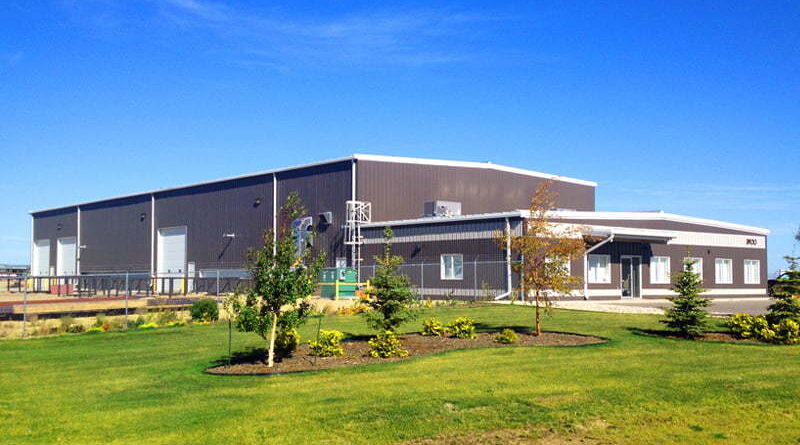The Different Types of Prefab Warehouses: Which One Should You Choose?
If you’re in the market for a new warehouse, you may be considering a prefab or pre-engineered building. Prefabricated warehouses are a popular choice due to their speed of construction, cost-effectiveness, and flexibility. However, not all prefab warehouses are created equal.
In this article, you will explore the different types of prefab warehouses, their advantages and disadvantages, and which one you should choose for your business.
1. Steel Frame Warehouses
Steel warehouses are the most popular type of prefab warehouses. They are durable, long-lasting, and can be easily customized to meet your needs.
Steel frame warehouses can be designed to withstand extreme weather conditions and earthquakes, making them a great option for businesses located in areas prone to natural disasters. Moreover, steel is a sustainable and eco-friendly material, making it an excellent choice for businesses that prioritize environmental sustainability.
2. Quonset Hut Warehouses
Quonset hut warehouses are another prefab warehouse type that has recently gained popularity. They are named after the Quonset Point Naval Air Station in Rhode Island, where the first Quonset hut was built during World War II. Quonset hut warehouses are made of corrugated steel and have a unique semicircular shape. They are easy to assemble, cost-effective, and can be used for various purposes, including storage, manufacturing, and retail.
3. Clear Span Warehouses
Clear-span warehouses are characterized by their lack of interior columns. They are designed to maximize usable space, making them an excellent option for businesses that require a large open area for storage or manufacturing. Clear-span warehouses are ideal for businesses that need to store large equipment, machinery, or vehicles.
4. Modular Warehouses
Modular warehouses are made of modules or sections manufactured off-site and assembled on-site. They are a popular option for businesses that need to expand their storage capacity or change their warehouse layout quickly. Modular warehouses are cost-effective, customizable, and easily disassembled and relocated to a new location.
5. Portable Warehouses
Portable warehouses are similar to modular warehouses but are designed to be easily movable. They are a great option for businesses that need to store their goods or equipment in remote locations or areas where building a permanent structure is not feasible. Portable warehouses are easy to set up, cost-effective, and can be quickly disassembled and moved to a new location.
So, which one should you choose?
The type of prefab warehouse you choose will depend on your business’s specific needs and requirements. For example, a steel warehouse is a way to go if you need a durable and long-lasting warehouse that can withstand extreme weather conditions.
If you are looking for a cost-effective and easy-to-assemble option, then a Quonset hut or portable warehouse may be your best bet.
A clear-span warehouse is an excellent option if you require ample open space for storage or manufacturing. A modular or portable warehouse is the way to go for businesses that need to expand or relocate their storage capacity quickly.
Ultimately, the best way to determine which prefab warehouse is right for your business is to consult with a prefab warehouse provider. They will work with you to understand your specific needs and requirements and recommend the best type of warehouse for your business.
Choosing the right type of prefab warehouse is essential for your business’s success. Whether you need durable and long-lasting steel warehouses or a cost-effective and easy-to-assemble portable warehouse, there is a prefab warehouse option that will meet your needs. Take the time to carefully research your options to make the best choice for your business.



